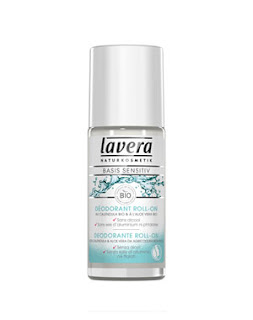Today I'm back with this easy recipe I use quite regularly to make my own
hand made soap/body wash.
This is quite inexpensive to make and, although it wont be as foamy as the shop bough ones, it will make your skin feel so moist and soft that you will immediately fall in love with it.
It can easily be made from leftover soap bars, although I would strongly recommend to use only the most natural soap, such as pure
Castile Soap, if you intend to use it to bath babies or people suffering with skin conditions.
Remember for instance, that in case of eczema it is always better to avoid aggressive soap, and that even water can make the condition worse. The goal here is to avoid every ingredient that can cause the skin to react or release histamine.
This soap is very gentle as the soap component is very diluted and it is enriched with
coconut oil, which is not only extremely emollient and moisturising, but also has antibacterial, antiviral and anti-fungal properties.
Home made soap/body wash
Ingredients
2 bags of camomile herbal tea
1 c. distilled water
1 Tsp Vit E oil (antibacterial)
2 Tbs coconut oil
1 Tbsp honey
1-1/2 c. liquid castile soap (or same quantity of grated soap bar)
1 tsp guar gum (you can easily find it at
The Health Store)
30 drops essential oils (your preference - I used a blend of lavender, chamomile, and lemon-grass)*
Boil water and pour over the camomile herbal tea bags. Let sit for an hour, then remove the tea bags.
In a bowl whisk your oil, honey, infusion, and Vit E together.
Sprinkle in the guar gum, whisking to combine, and then immediately afterwards whisk in the Castile soap (if you wait too long the guar gum will thicken and you’ll have clumps) until blended and smooth.
Drop in your essential oils and gently stir with a spoon. Store the mixture in a sterilised bottle out of direct sunlight and shake before each use.
*Always avoid essential oils for children under 3 years of age, or consult a qualified aromatherapist to ask for advice.


















